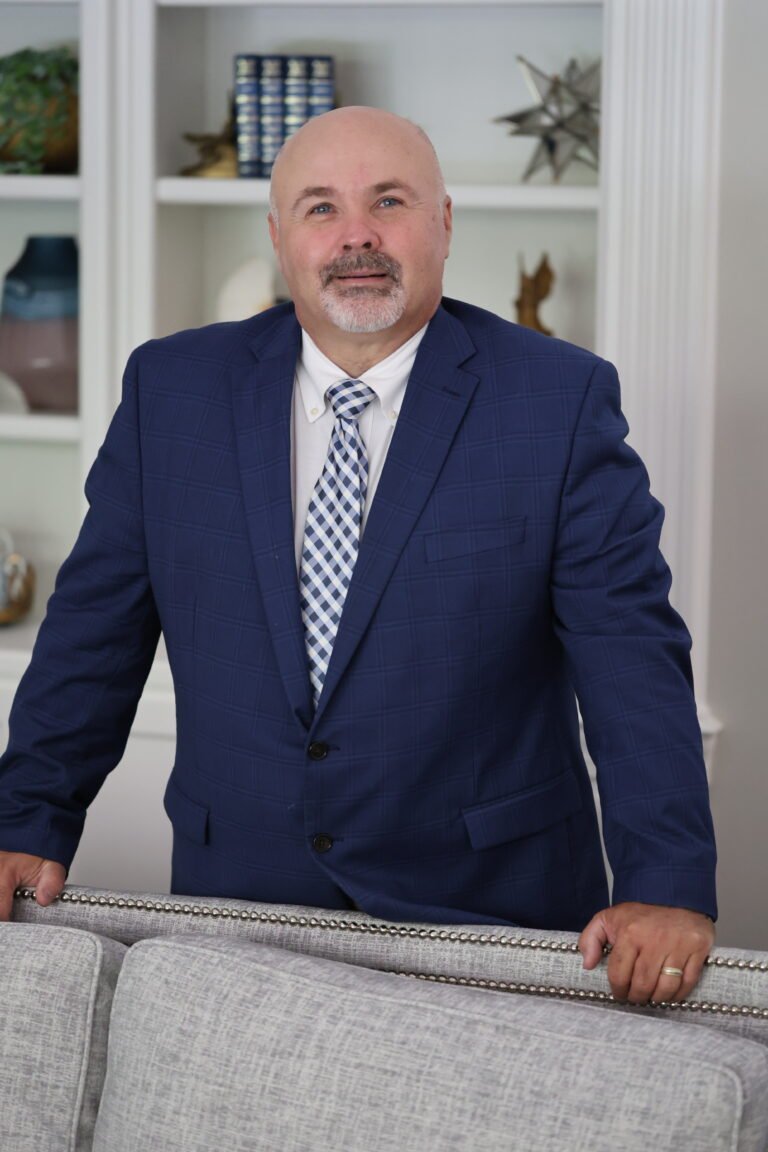Unraveling how CRISPR technology is making a significant impact in the battle against Sickle Cell Disease.

Key Takeaways
FDA Approval of Casgevy and Lyfgenia: The U.S. Food and Drug Administration (FDA) has approved two groundbreaking cell-based gene therapies, Casgevy and Lyfgenia, for treating sickle cell disease (SCD) in patients aged 12 and older. This marks a significant advancement in the field of gene therapy for a rare and severe blood disorder.
Innovative Use of CRISPR/Cas9 in Casgevy: Casgevy is notable for being the first FDA-approved therapy that employs CRISPR/Cas9 genome editing technology. This cutting-edge approach allows precise DNA editing, offering a novel treatment path for SCD.
Treatment Mechanism of Casgevy and Lyfgenia: Both therapies modify patients’ hematopoietic (blood) stem cells, but they use different methods. Casgevy uses CRISPR/Cas9 to increase the production of fetal hemoglobin (HbF), reducing red blood cell sickling. Lyfgenia employs a lentiviral vector to modify cells to produce HbAT87Q, a form of hemoglobin that lowers the risk of sickling.
Prevalence and Impact of Sickle Cell Disease: Sickle cell disease, primarily affecting African Americans and to a lesser extent Hispanic Americans, involves a mutation in hemoglobin causing severe pain, organ damage, and potentially life-threatening complications.
Treatment Process and Follow-up: Treatment with both Casgevy and Lyfgenia involves collecting the patient’s own stem cells, modifying them, and then reinfusing them after myeloablative conditioning. Patients will be monitored in a long-term study to assess safety and effectiveness.
Efficacy and Side Effects: Clinical trials have shown significant effectiveness in reducing vaso-occlusive crises (VOCs) with these therapies. Common side effects include low blood cell counts and mouth sores, and a black box warning for hematologic malignancy is included for Lyfgenia.

Understanding New Gene Therapies for Sickle Cell Disease
Sickle cell disease (SCD) is a serious health condition that has been affecting people for many years. It is a genetic disorder, meaning it is passed down from parents to their children. SCD mainly affects African Americans, with about 1 in 365 African American babies born with it, and to a lesser extent, Hispanic Americans. The disease causes red blood cells, which carry oxygen around the body, to become misshapen like a sickle (a C-shaped farm tool). These sickle-shaped cells can block blood flow and cause a lot of pain, organ damage, and even life-threatening complications.
On December 8, 2023, something remarkable happened. The U.S. Food and Drug Administration (FDA) approved two groundbreaking treatments, Casgevy and Lyfgenia, for SCD in patients 12 years and older. This is a big innovation because these are the first cell-based gene therapies for this disease, offering new hope to those affected.
Casgevy uses a state of the art technique called CRISPR/Cas9 genome editing technology. It’s like a molecular pair of scissors that can precisely change specific parts of DNA, the building blocks of our genes. Doctors take a patient’s own blood stem cells, use CRISPR to edit them in a way that helps prevent the cells from sickling, and then put these cells back into the patient.
Lyfgenia works a bit differently. It uses a lentiviral vector (a type of gene delivery tool) to modify the patient’s blood stem cells to produce a special kind of hemoglobin (the protein in red blood cells that carries oxygen). This special hemoglobin reduces the risk of the cells turning into that harmful sickle shape.
Clinical trials have underscored the effectiveness of these therapies. Casgevy showed a remarkable 93.5% success rate in achieving freedom from severe VOC episodes in evaluable patients, while 88% of patients treated with Lyfgenia achieved complete resolution of VOEs.
Both treatments require doctors to collect the patient’s own stem cells, modify them, and then return them to the patient’s body after a treatment that makes room in the bone marrow for these new cells. This process is quite complex and has some risks, like low blood cell counts and mouth sores. For Lyfgenia, there’s also a warning about a risk of blood cancer, so patients need to be monitored for their entire life.

What is CRISPR Technology?
CRISPR technology is a revolutionary tool in genetics. Its story began in the late 1980s when scientists discovered unusual repeated sequences in bacterial DNA, later named CRISPR (Clustered Regularly Interspaced Short Palindromic Repeats). It wasn’t until 2012 that researchers Jennifer Doudna and Emmanuelle Charpentier showed how CRISPR could be used as a genome editing tool. This discovery was so significant that they won the Nobel Prize in Chemistry in 2020 for it.
CRISPR works like molecular scissors, allowing scientists to precisely cut and edit DNA. This means they can remove, add, or change specific parts of a gene. It has huge potential in treating genetic disorders, improving crops, and even fighting diseases. The technology has sparked a revolution in the field of genetics, making previously impossible treatments a reality.
In the context of sickle cell disease, CRISPR’s ability to edit DNA is used to modify patients’ blood cells to prevent them from sickling. This approach is groundbreaking and could pave the way for treating other genetic diseases. However, it’s important to remember that this technology is still new, and scientists are continuing to learn about its full capabilities and implications.
As always consult with your physician to find out if this could be a potential therapy for you. This blog is not intended to replace the advice of your physician.


